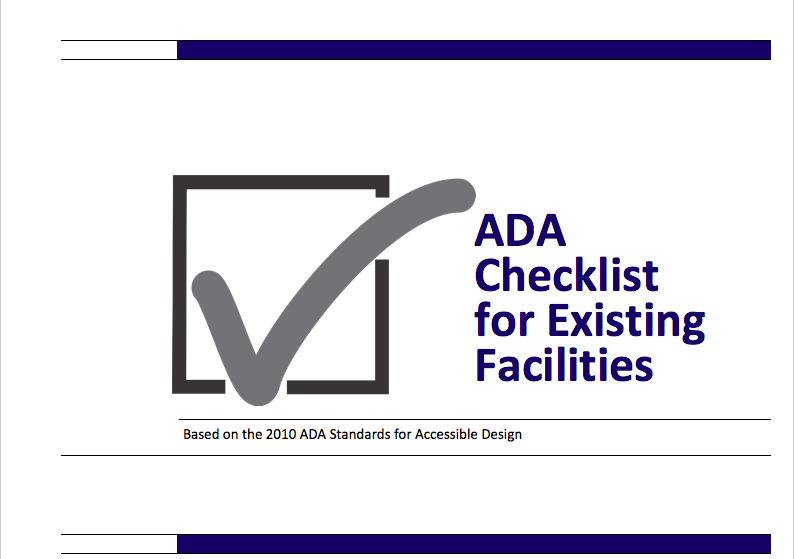
an impact with
your brand?

Why ADA Compliance Matters
Web accessibility is a critical component of every website because it enables people with disabilities to use your website effectively. Additionally, achieving ADA and WCAG Compliance will help protect your business from potential lawsuits. Since 2018 there has been a 300% increase in lawsuits and 98% of websites are not compliant while 20% of the population has a disability. Not only will you open up your website to more people but you’ll be protecting your business from potential lawsuits and legal action.
increase in lawsuits
websites not compliant
population with disabilities
Common ADA Compliance Website Issues
Alt tags
Not everyone uses them. This problem might be one of the most frustrating simply because it’s one of the easiest issues to fix. Alt tags provide alternate text for a photo. If a screen reader doesn’t find an alt tag, then a user misses out on graphic elements.
Headings
Headings can get out of order, which can hinder ADA compliance. It's tempting to fix headings you want bigger or smaller but this is an issue for those who see H1, H2, H3s, etc as visual elements rather than definitive sequential order.
ARIA landmarks
This is a simple tool that people forget about but it can help screen readers (and thus users) out so much. ARIA readers are pretty common tools that can prioritize screen reading by using landmarks.
Navigation
Navigation can often be tricky for screen readers, and it's one way that websites with a lot of pages can easily neglect ADA compliance. 'Orphaned pages,' out-of-order page orders, or lack of breadcrumbs make getting around your website all the harder for a user with disabilities.
Plug-ins
A bunch of plug-ins can not only slow down your website’s speed. They’re also rarely ADA compliant. To make matters worse, you don’t control the source code! If the plug-ins are not fully compliant, then you’ll have more issues to fix and the less likely you’ll be able to fix those issues.
Free Web Accessibility Report



